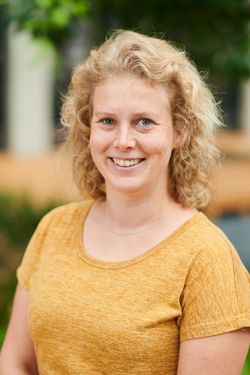
Sessions in which Fusa Miyake participates
Wednesday 29 June, 2022
Information garnered from historical timbers and wooden artifacts (e.g. houses, barns, ships) can greatly enhance our understanding of human, ecological, and climate history, especially in regions where few old-growth forests and trees remain, tree longevity is relatively short (less than 300-400 years), and environmental conditions break down wood rather quickly, like in mesic to wet regions. Over the last decade plus, the application of tree-ring techniques on wo...
Carbon-14 (14C) is produced via a nuclear reaction between the atmosphere and cosmic rays. Although the main source of 14C is galactic cosmic rays, solar energetic particles (SEPs) also contributes in producing 14C. Extreme SEP events are considered to produce 14C spikes that considerably exceed the 14C amount produced by galactic cosmic rays. Thus far, several signatures of 14C spikes originates by extreme SEP events have been reported, such as the 774 CE, 992 CE, and ~660 BCE events. In ...
Sessions in which Fusa Miyake attends
Wednesday 29 June, 2022
Dendrochronology is considered one the most precise of all the scientific dating techniques. However, it requires long sequences of tree rings and a master record for both the species and region in question. At the University of Groningen, we have been pioneering a new approach to dating that combines the precision of dendrochronology with the versatility of radiocarbon dating. It relies on the detection of spikes in the annual radiocarbon record, thought to b...
